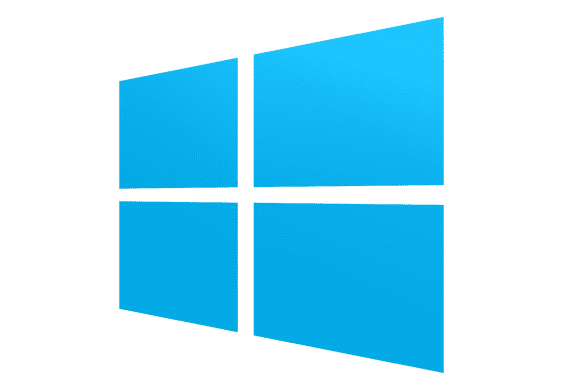
Microsoft’s new operating system, Windows 8, has recently been introduced into the information technology market and many Windows users are considering updating their Personal Computers with this new software. The information regarding Windows 8 in the media has left many perplexed and many wonder if it’s even possible to upgrade to the new operating system. The following article provides some answers, as well as recommendations regarding the dos and don’ts of upgrading to Windows 8.
Windows 8 or Windows 8 Pro
There are currently two versions of Windows 8 for sale; the standard Windows 8 and Windows 8 Pro. Both versions of the operating system offer the same basic features. The main difference is that Windows 8 Pro provides additional business friendly software like Bit Locker, File Encryption, and Client-side Hyper-V. It also allows users to host a Remote Desktop or to join a Windows Server Domain, whereas the standard Windows 8 doesn’t.
Overview
Microsoft has put an enormous effort into making the update to Windows 8 as simple as possible. PCs with Windows XP, Windows Vista or Windows 7 can update to Windows 8. Microsoft provides users with an Upgrade Assistant program which, through its installation wizard, allows you to select the kind of upgrade you desire. You may upgrade to Windows 8 or Windows 8 Pro and the program should also list a set of potentially incompatible software and hardware programs. After you make your decision and pay accordingly, the program provides you with a product key. You need this key in the activation process and it will be sent to your email account for future use. Once you enter the required product key, the upgrade process is fairly simple.
Requirements
Software:
PCs that have Windows 7, Windows Vista (SP1), and Windows XP (SP3) can be upgraded to Windows 8 or Windows 8 Pro.
Hardware:
-
-
- 1GHz processor or faster,
- 1GB RAM for the Windows 8, 32-bit version, and 2GB RAM for the Windows 8, 64-bit version,
- 16GB available disk space for the 32-bit version, and 20GB for the 64-bit version,
- A screen capable of housing at least a 1366 x 768 pixel resolution,
- A working Internet connection,
- A DirectX 9 compatible graphics card with a WDDM 1.0 driver or higher.
-
MS Office and Data files
When you upgrade to Windows 8 all your data files are preserved, however, if you are upgrading from Windows XP or Windows Vista you will need to reinstall your Microsoft Office and any other software you may have installed. Upgrading from a Windows 7 to Windows 8 does not require you to reinstall your Microsoft Office or software, however be warned that not all programs that worked with previous Windows versions, will work with Windows 8 or Windows 8 Pro.
Cost
Microsoft has worked hard to keep their new product’s cost low enough to attract interested shoppers. Windows 7 users who purchase the new operating system, between June 2, 2012, and Jan. 31, 2013, will only need to spend $15 to upgrade. Owners of Windows XP and Windows Vista can download a copy from Microsoft’s online store for $40, any time. Customers can also buy a boxed Windows 8 Pro Upgrade for $70 at any applicable office supply store.
Conclusion
Updating your PC to Windows 8 is inexpensive and fairly simple, but you should definitely find out if the programs you need are compatible before you upgrade to the new operating system. When upgrading to Windows 8 you may also consider upgrading both your hardware and peripherals to take advantage of everything the new operating system has to offer. Even though your computer may meet the basic hardware requirements, extra processor speed, more RAM memory, a better video card, and most importantly, a touch screen monitor, can enhance this new interactive software a great deal.
